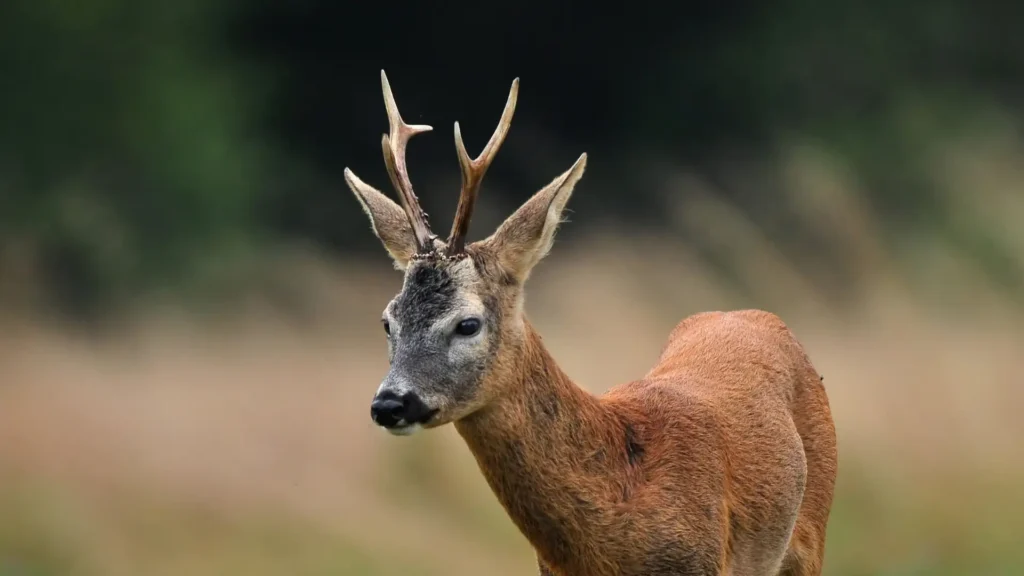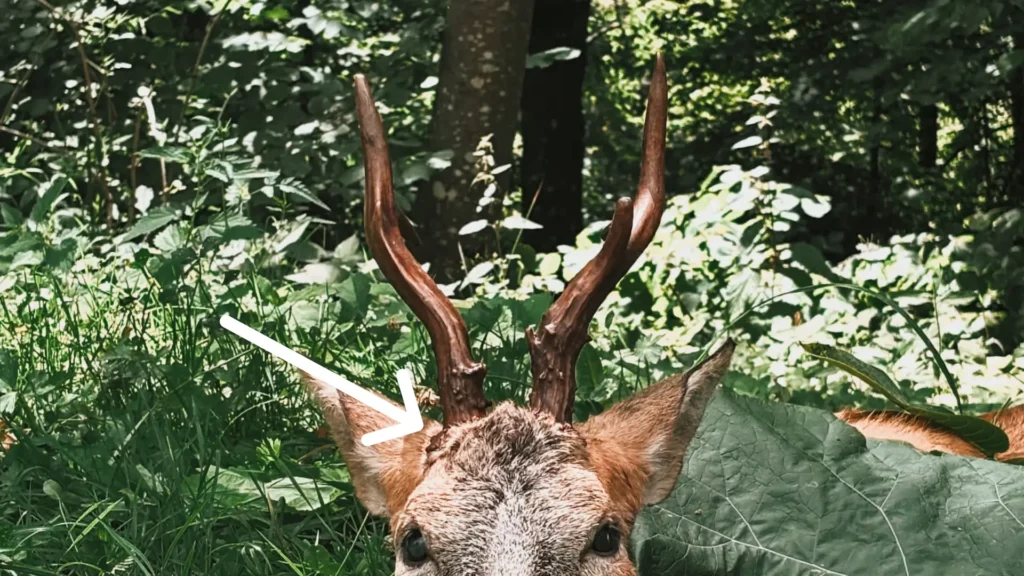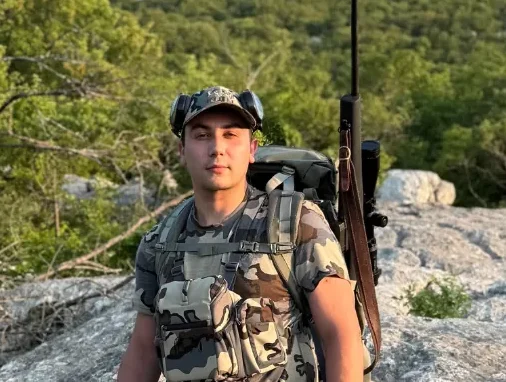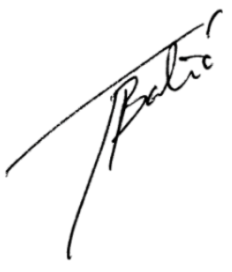You spot a roe buck through your binoculars. The question hits immediately: “How old is he?” That split-second decision – to shoot or not to shoot – defines the difference between an ethical hunter and someone who just pulls triggers. Age determination isn’t some mystical art reserved for the hunting elite, but it’s not child’s play either.
Given the main theme of this blog, this article will tackle one of the most frustrating questions I hear from hunters: “How do I know if this buck is mature enough?” And here’s the brutal truth – most hunters get it spectacularly wrong.
I’ve been guilty of it myself. That “monster” buck you’re eyeing might be a well-fed three-year-old, while the unassuming deer you ignored could be a battle-hardened veteran. The consequences? We’re shooting future breeding stock while letting true trophies walk away unnoticed.
Of course, it’s not like this everywhere, and I know hunting areas where age assessment is taken seriously, where experienced hunters mentor newcomers, and where patience is valued over quick shots. Those places consistently produce better bucks because they understand a simple truth:
💡 There’s no shortcut to learning proper age assessment. You either develop the eye, or you keep making expensive mistakes.
But let’s get back to that buck in your scope and see what you should actually be looking for.
Reading the Signs That Matter
Many hunters will shrug and say “I can tell by the antlers,” but anyone who’s aged more than a handful of roe deer knows that’s nonsense. A nutritionally-blessed two-year-old can carry antlers that shame a poorly-fed five-year-old. Genetics, habitat quality, and food availability create such massive variations that antler size alone will lead you astray every time.
So what should you actually be watching for?
Body Language Tells the Real Story
During the rut (July-August), testosterone changes everything about how these animals move and carry themselves. This is when the truth comes out.
Young bucks (1-2 years) look like awkward teenagers. All legs, narrow chests, slender necks that stay thin even during peak rut. They move with that nervous energy you see in inexperienced animals – quick, light steps, heads constantly turning. From 100 meters away, you might mistake them for does.
Prime bucks (3-6 years) are a different species entirely. The neck thickens dramatically, shoulders broaden, chest deepens. These are the kings of the forest, and they know it. Watch how they move – deliberate, confident, territorial. When they stop, they plant themselves like they own the ground beneath their hooves.
Old veterans (6+ years) start showing their battles. The body loses that perfect tone, ribs might show, the gait gets stiffer. But here’s the thing – these old warriors are often the smartest deer in the woods. Gray muzzles, cautious movements, and they show themselves only when they’re absolutely certain it’s safe.
Facial Patch – The German Hunter’s Secret
As roe deer mature in age, their face will exhibit a dark or grayish patch that starts on the forehead and generally extends further around the face the older the animal is. The Germans have a special word for this: “Muffelfleck,” which translates to “mouflon stain.”
This patch carries a lot of significance for seasoned deer hunters, but I find it impossible to judge a buck’s age solely on this marking. The facial coloring of a deer is just like a fingerprint – it is unique and will vary from individual to individual both in size and nuance. One can definitely say though that the most mature bucks will be more grayed. Yearlings and fawns will not display this patch at all.

The Antler Game – Useful But Dangerous
Yes, antlers matter, but not the way most hunters think.
Yearlings carry spikes or tiny forks – no mystery there.
Two to three-year-olds develop proper tines, but the symmetry isn’t there yet. Mass is building but still looks “thin.”
Prime age (4-6 years) is when everything comes together – size, mass, symmetry. The burrs are thick and well-formed. These are your textbook trophies.
Old bucks (7+ years) often regress. Antlers get thinner, asymmetrical, sometimes shorter. Nature starts taking back what it gave.
But here’s what will mess with your head: I know areas where the best-fed two-year-olds carry better antlers than malnourished five-year-olds. Habitat is everything.
Coronet Position – A Reliable Age Indicator
One of the clearest indicators of a roe buck’s age is how the coronets “drop” lower on the skull over time. With each passing year and antler shedding cycle, the coronets gradually shift downward and often become more widely spaced. In contrast, younger bucks usually have high-set, tightly positioned coronets. This natural lowering and spreading is a strong visual clue when judging the maturity of a buck.

💡 Antler color tells you about the trees they’ve been rubbing, not their age. Oak and blackthorn create dark antlers, birch and conifers keep them light. Want to know more? Check out what influences antler color in roe deer.
The Post-Shot Reality Check
After you’ve made the shot and recovered your deer, the jawbone tells the real story. This is where hunters learn whether their field assessment was brilliant or embarrassing.
Up to one year: Milk teeth are still there.
1-2 years: Third premolar has three cusps, minimal molar wear.
2-3 years: Permanent teeth replace milk teeth, light wear starts showing.
3-6 years: Wear increases but enamel edges stay visible.
7+ years: Heavy wear, flattened crowns, wide smooth surfaces.
But even this has complications. Sandy soil and rough browse accelerate wear. I’ve seen jaws that looked ancient belonging to four-year-olds living in harsh conditions.

Putting It All Together
The hunters who consistently make good age calls don’t rely on single indicators. They read the whole animal:
A buck with impressive antlers but a thin neck? Probably younger than you think.
Heavy tooth wear doesn’t always mean old age – might just mean tough living conditions.
The magic happens when body structure, antler development, and behavior all tell the same story.
Why This Actually Matters
This isn’t academic exercise. Every decision in the field impacts the future of your hunting area.
Shooting young bucks removes future genetics before they’ve had a chance to breed.
Targeting mature, non-productive animals improves overall herd quality.
Understanding prime age (5-6 years) means you know when antler development peaks.
If you’re planning to preserve your trophy, our step-by-step Euro mount guide will help you do it right.
Field Wisdom That Actually Works
Use your binoculars during pre-rut scouting. Study how animals carry themselves, how they move through cover.
Watch behavior during the rut. Mature bucks become territorial tyrants – they’ll chase everything and guard does aggressively.
Document everything. Take photos of jaws and antlers from every deer you harvest. Build your reference library.
And remember – proper trophy photography is about more than just showing off your success.
The Patient Hunter’s Reward
Picture this: early season, you spot a tall, slender buck with modest antlers. Your finger’s on the trigger, but something makes you pause. Two years later, that same buck – now thick-necked and confident – steps into the same clearing carrying the antlers of a lifetime.
That’s the difference between understanding age assessment and just hoping for the best. This is also where proper hunting ground management becomes critical – creating conditions where bucks can actually reach their potential.
The Bottom Line
Aging roe deer accurately is part science, part experience, part gut instinct. You’ll make mistakes – we all do. But every deer teaches you something if you’re paying attention. The hunters who develop this skill don’t just shoot better trophies; they become better stewards of the resource.
Some will read this and think it’s overcomplicated. “Just shoot what looks good,” they’ll say. But those hunters will keep wondering why their success rate stays mediocre while others consistently take mature animals.
Your choice. Develop the eye, or keep guessing.
Good hunting.


